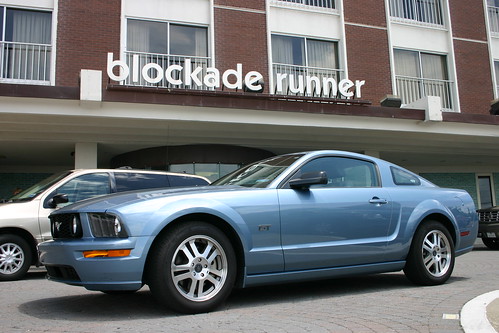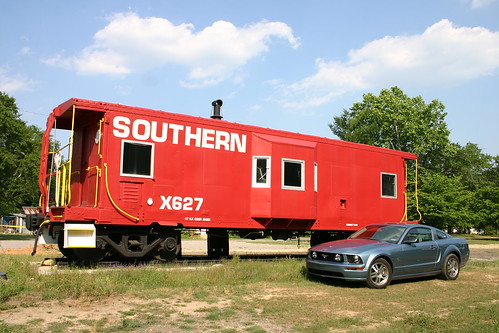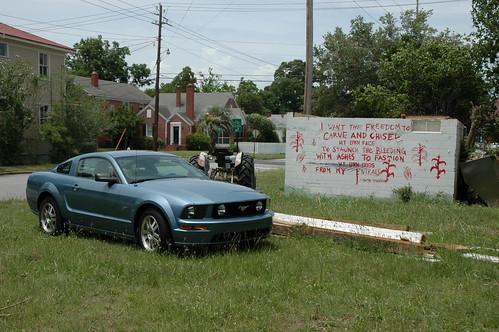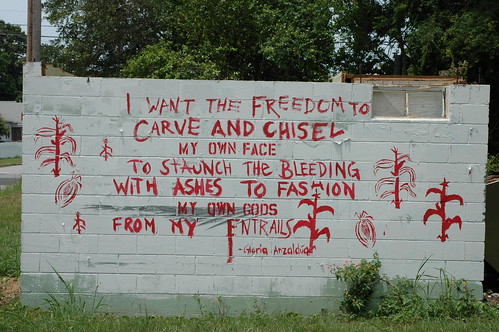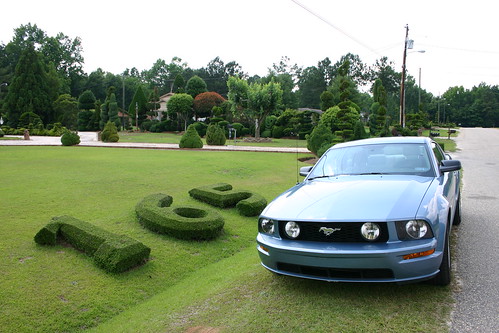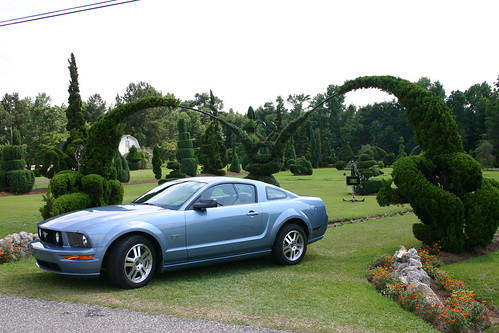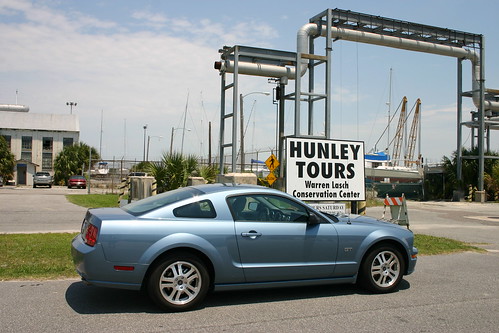Beam Me Up, Scotty
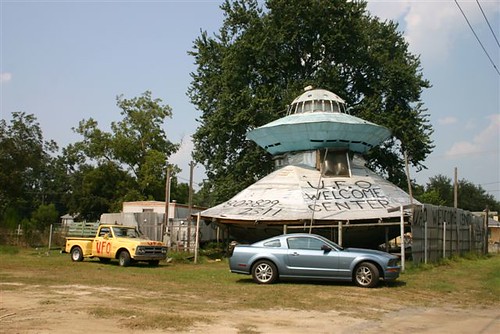
[ FOR BETTER RESOLUTION, CLICK ON IMAGE ]
GMLC made mention of the famous UFO Welcome Center at Bowman, SC, with a photograph of its pilot and curator, Jody Pendarvis, in her June 27 article. We thought that an encore posting of our September 3 trip to that mysterious site might add some background to this famous story.
Every community likes to have a landmark, some outstanding attraction which draws interest, tourists and, of course, revenue. It might come in the form of some historic structure, a famous battlefield, a lighthouse. Even if it can't be a cash cow at least the local leaders would like it to have some pedigree. Some desperate towns even glorify an infamous crime scene or the birthplace of a national scoundrel or some local delicacy which only the devil had intended humans to eat.
Windveil was cruising Hwy 15 in Orangeburg County and downshifted to meet the speed limit of Bowman, SC. It's a pleasant community, not exactly Cape Canaveral, but ..nice. One block of the main street and there IT was! Nothing prepares one for this and there are no signs bragging over this local treasure, but Bowman has a UFO. Well, it's not just your average transient UFO, but an Official UFO Welcome Center. This is no intergalactic tourist. This UFO has set down roots and become a denizen of Bowman.
Since we wanted to feel welcome in Bowman, we pulled up right under the giant blue flying saucer which is so labeled. Most hotels have a courtesy van, but here they've got a UFO pick up truck. On entering we find that it is, in fact, inhabited. A cheerful gentleman, our host seemed anything, but a cynical promoter. He patiently conducts a tour of the "spacecraft" and fields questions of which there are many. We want to be clear that at the end of the tour there is an opportunity to make a contribution to the upkeep of the UFO. This is completely voluntary, possibly necessary, but there is no pressure to contribute.
The UFO Welcome Center's Courtesy Truck is parked right at spacecraft side and is used to pick up guests who arrive by more conventional forms of flight.
The fellow lays out the whole story without a trace of irony. He seems to believe it all and who are we to hold otherwise. When you take Hwy 15 and reverse it, you get 51, as in Area 51. Pretty conclusive. Besides, this saves us a costly drive to Roswell, New Mexico
